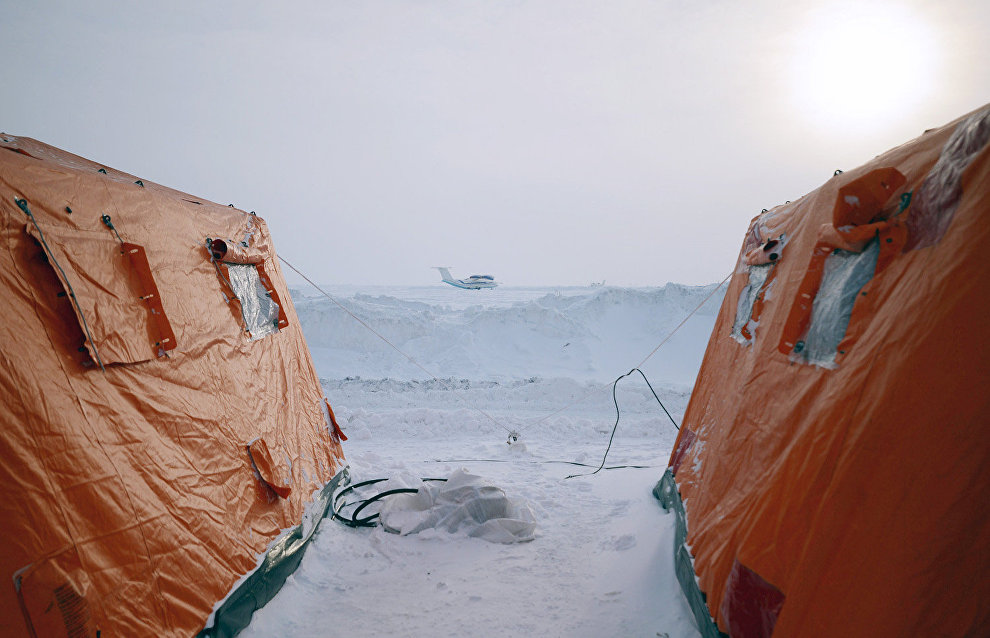“Cold Pole Joins the Oceans” mission reaches goal
On August 5, members of the "Cold Pole Joins the Oceans" expedition, reached the village of Russkoye Ustye, located at the mouth of the Indigirka River. The entire team reached the end point of their planned route, the Arctic Ocean coast; all the people and equipment are "completely well," the RGO web portal reports.
The travellers covered more than 2,800 km along the rivers Okhota, Indigirka and their tributaries. The expedition confirmed the possibility of travelling from the Pacific Ocean to the Arctic Ocean on inland waterways; they also completed an extensive program of research and conducted rescue exercises.
On August 8-9, expedition members and equipment will be taken to Yakutsk by plane. The travellers will carry collected samples, and multiple records of biological, geographical and archaeological research data, photos and videos.
The "Cold Pole Joins the Oceans" mission took off from Okhotsk in the Khabarovsk Territory on July 10, 2016. It was organized by the Russian Union of Rescuers (Rossoyuzspas) and the Russian Geographical Society. The mission was to cross from the Pacific Ocean to the Arctic Ocean by inland waterways. The 2,868 km route ran through the cold pole in Oymyakon and the ocean bifurcation point where the Yakut river Delkyu splits into two branches, Delkyu-Okhotskaya, which flows through Okhota into the Pacific Ocean, and Delkyu-Kuydusun, a tributary of the Indigirka, which flows into the Arctic Ocean.
On their way, the team members explored the hydrographic features of the Indigirka and Okhota basins and took soil and water samples, and they found nests of rare birds — Steller's sea eagles. The travellers also did archaeological research on the mound of the city of Zashiversk that was abandoned in the 19th century.
